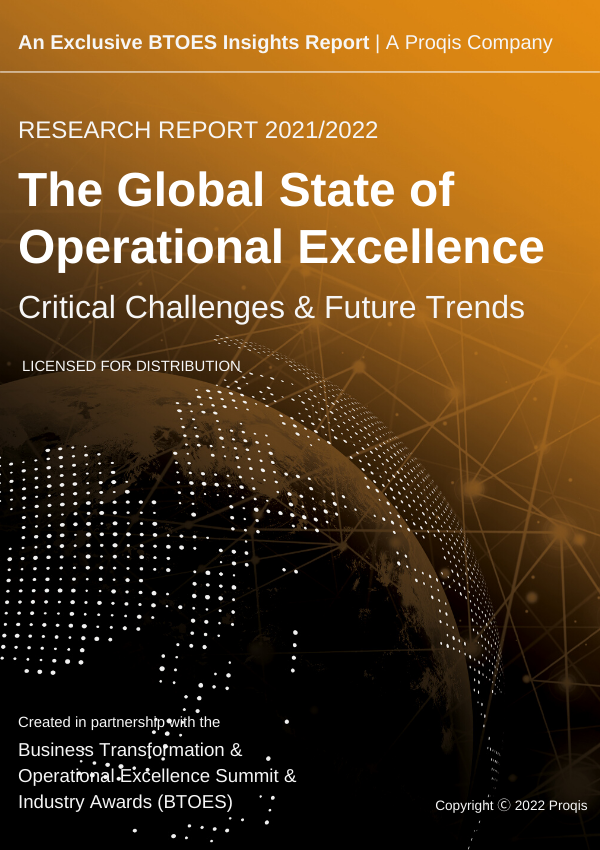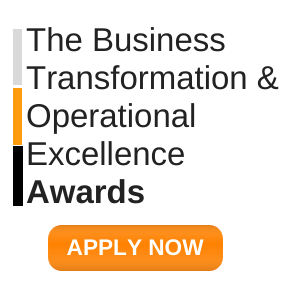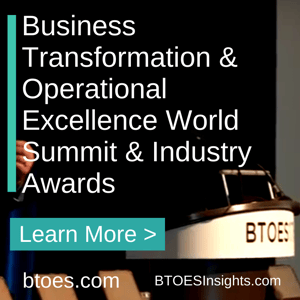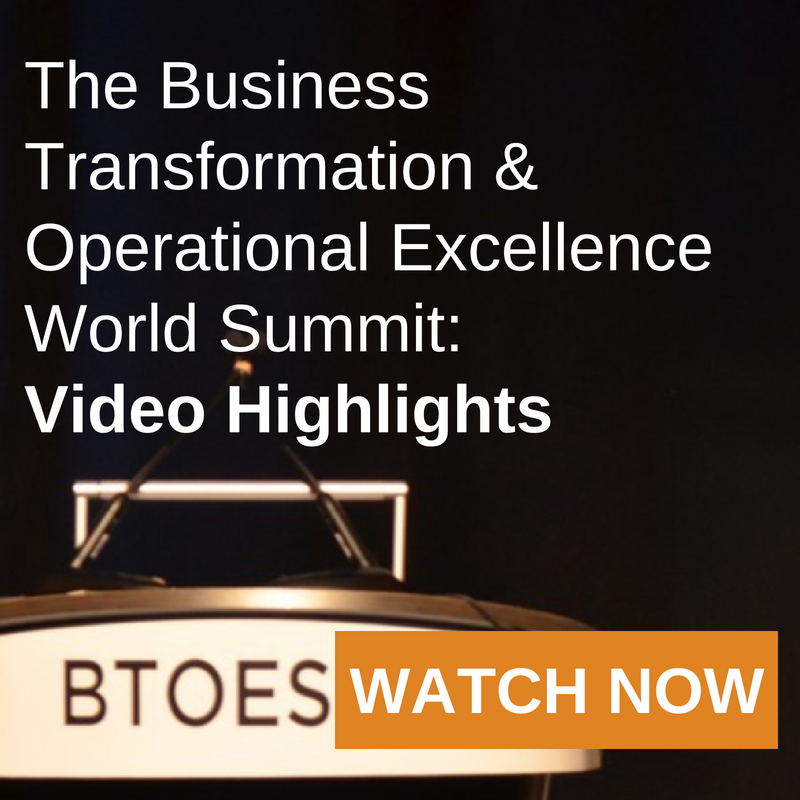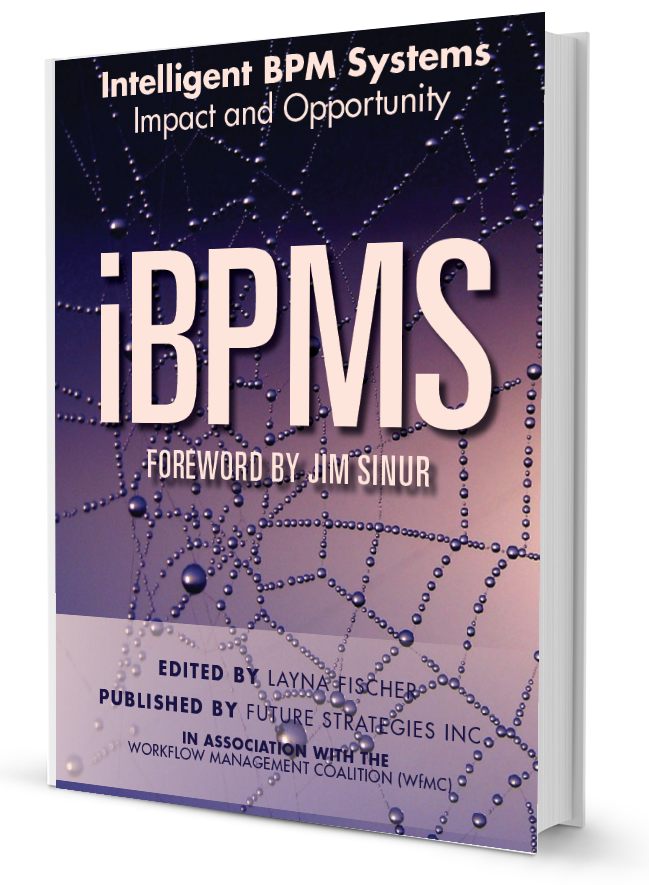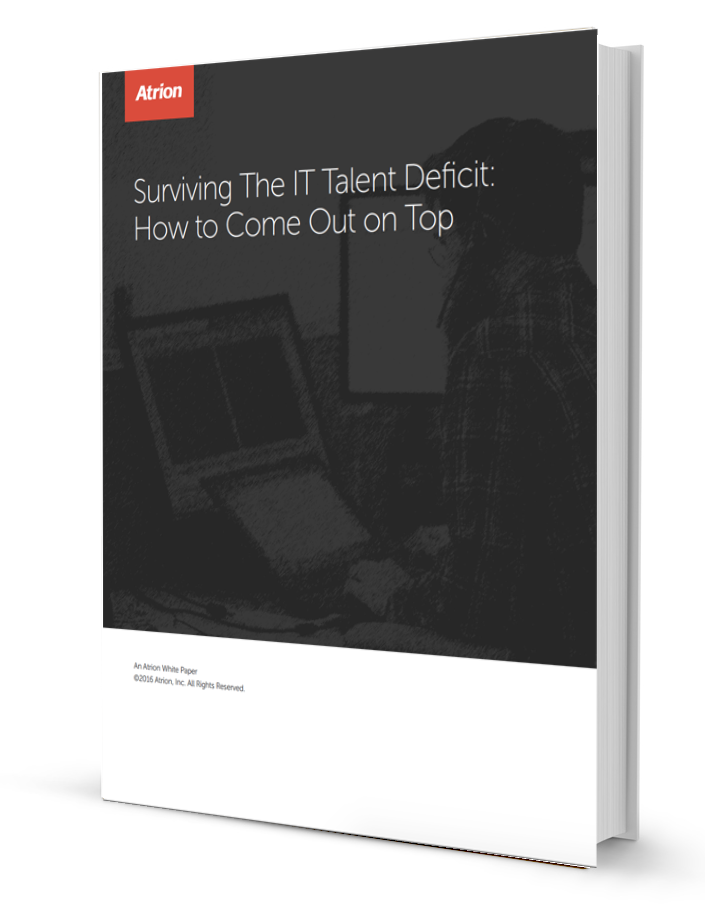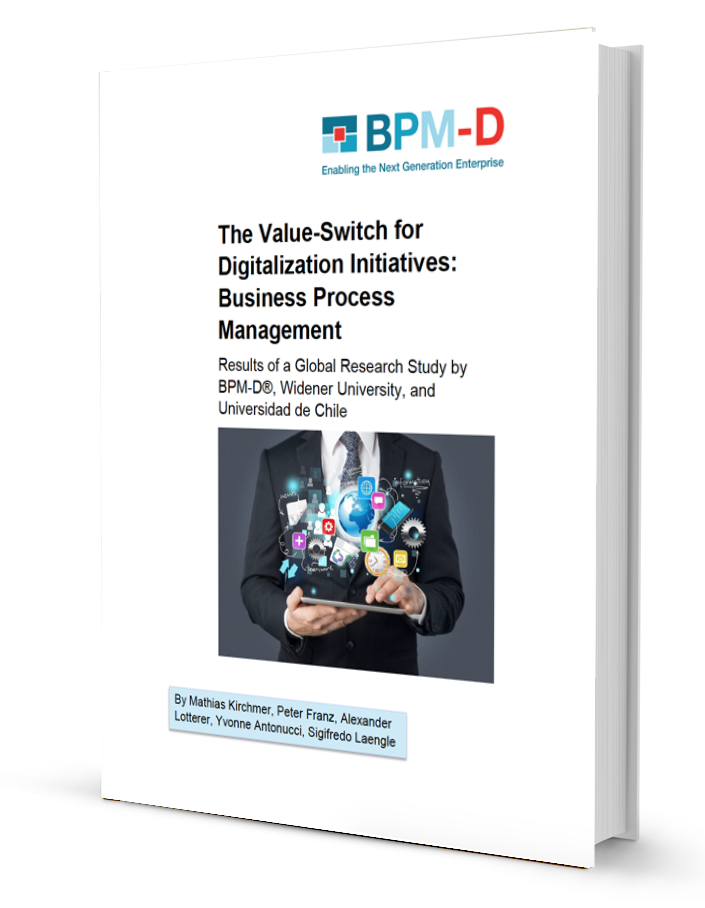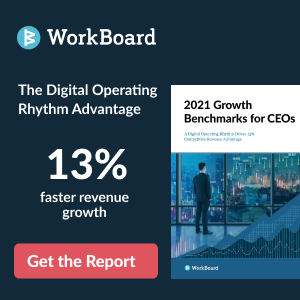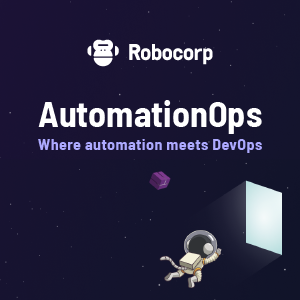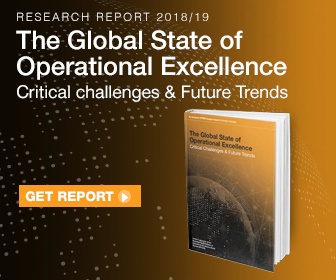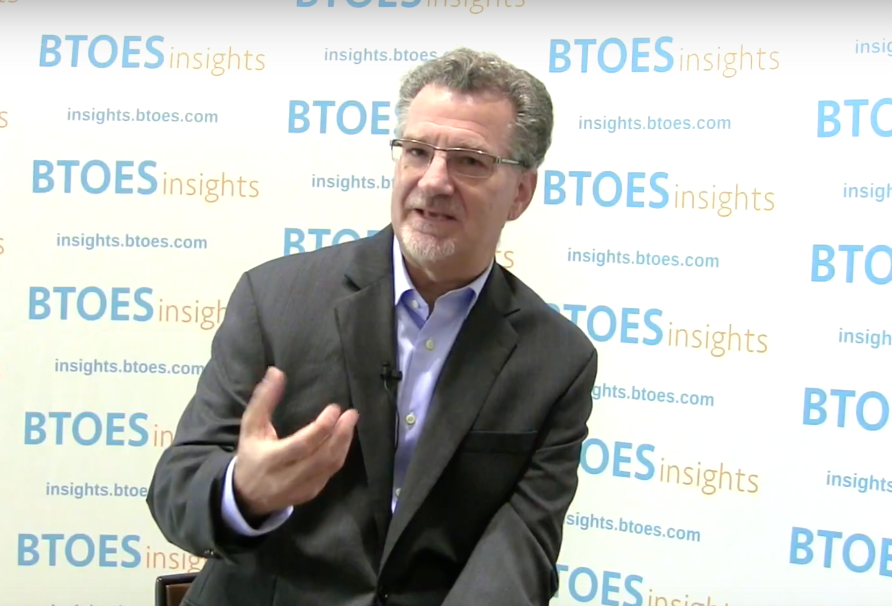Session Information:
How to build a culture in a post-pandemic world?
Session Transcript:
Excited about our next speaker, she's coming directly from Michigan today. It's Nicole Scheffler, who is a Tech Diva with her engineering career, is spending almost 20 years embarking in a startup as a programmer and building from engineer to strategic leader. Nicole. Go ahead and turn on your camera by day. She leads an enterprise engineering team, and at night, she puts on a heart cape to help spark success for superwomen in tech knowledge careers, sharing success secrets for women and allies. I'm creating inclusive diverse cultures, Nicole is an Engineer by trade born a leader. She is three times best-selling author podcaster of choose shows and speaks frequently on topics from technology to diversity. She is a certified coach offing, Sharing the Success Principles, and would love to connect to her on Social Effect Diva Success, go ahead and do that.
Today, she'll pivot from talking about digital transformation, but, rather, the transformation we can make as leaders, and even individual contributors. As we often say, Nicole, there is no digital transformation without business transformation, culture, transformation, and personal transformation, and that's where you're going to talk about. Thank you so much for sharing your wisdom and expertise of our global audience today.
Thank you so much, Jose.
It's always great to see you and to be here and to speak to the audience here at Supply Chain Planning Live, So instead of hearing about Blockchain or some of the other amazing aspects of content that you've gotten here today. I'm super excited to talk about what you alluded to, building diverse teams, I've come to this idea that after my 20-year engineering career, I'm still doing that, right. I'm still leading at a top tech company but I become a cultural architect as well. So for so long I was a systems engineer and architect and I'm a coach or architect So in the same way that you're architecting your supply chain.
 We need to all learn to create an architect, a diverse world, and an inclusive world after the pandemic not just after the pandemic before New ways of working. for you. You probably have to be in office, right? The supply chain definitely has components that require live, but we also see this mix of hybrid.
We need to all learn to create an architect, a diverse world, and an inclusive world after the pandemic not just after the pandemic before New ways of working. for you. You probably have to be in office, right? The supply chain definitely has components that require live, but we also see this mix of hybrid.
And, um, you know, coming today live, we have all kinds of things that we need to consider in this world to create cultures of productivity of success and equity. And so, a lot of my research has been done in women with the technology lens. But I did some research on supply chain.
And it looks like that there is a healthy growth as of 202021, according to Gartner of women in supply chain. So shout out to all of the ladies out there joining us, and of course, all the allies, because we can't control who we're born, we can, we can show who we are. And what a great time to reflect on that today. So let's dig in.
All right, so as Jose mentioned, I am the Tech Diva and a Tech Diva is really defined as someone who believes in themselves and wants to make a big impact. In the field of technology. That's how I feel about myself. That's what I try to do.
For Women in Tech, this is definitely as a side passion, but something that's very impactful and a message that it doesn't matter who you are in this meeting, It doesn't matter, because we're all cultural architects', whether you're in the field of technology or supply chain. This is relevant to everyone.
This is just who I am, because they did a great job introducing me, but I am thrilled to bring to you some studies of things that we do see happening, in addition to how we can respond.
In fact, you can grab your paper right now and write three things on that sheet of paper. 1, 2, 3.
You are going to leave this presentation with at least three things that you could take action on.
So, I'm a big, think and Grow Rich Jackie, a person, obviously. And I am just all about plans and action, so I'm gonna leave you in this presentation with three easy things that you can do, So grab that notebook. Let's dig in.
 So, what I want to divide the time today together isn't for quick. We're not able to see the screen just yet. I just want to make sure that you hit the Show Screen button. Sorry, everybody.
So, what I want to divide the time today together isn't for quick. We're not able to see the screen just yet. I just want to make sure that you hit the Show Screen button. Sorry, everybody.
Yeah?
Thank you.
This was just, you know, a little about me, I was talking to this, I apologize that I didn't have the slides up, so thank you.
But this is a great look at the agenda.
So, again, it's those four areas.
We're gonna look at the data. Diversity data, again, a subset. I didn't get a chance to pull the supply chain data, but I encourage that you do. Or work with your HR partner to understand the data behind your organization.
As we know, as we fix the supply chain throughout end to end, we also need to fix our diversity chain end to end.
Wow, right. So, I obviously am a technologist, but I grew up and studied supply chain in school and in my masters.
And so I know that just like, when you look at a supply chain, and you analyze data dependencies, you're gonna look at the data to help you understand where you can make the most difference. Where's the biggest bang for your buck? Where am I getting this time delay? Where's this dependency, where's this vendor inserting themselves, all the things that you deal with every day?
Well, that's how we need to look at diversity, whether it's looking at the makeup of your team as a leader, or how you can contribute as a cultural architect, because we're all cultural architects. That's what's important. So, by looking at the diversity data, it works in the same way.
There's a woman CRH, a lousy. I recommend you look her up. She's awesome, All she does is deal with diversity data all day.
And when her and I talked about the problem of equity in the workplace, she made it very clear.
That just like we look at our supply chain, and understand where we can, where we can make the most impact, that's what we need to do. In diversity, maybe it's not just right when you're hiring people. We tend to say, oh, get a bunch of diverse people into the interview process. Wow, It is so much more than that. We have to look at full cycle. We have to look at the moment that they start to the moment that they leave and their journey in between. So, anyway, we'll talk about that. The four steps of success. So, it's a framework that you can use as that architect to create that inclusive culture and ways that you can be a diversity champion.
So Cove it again, it seems like the supply chain because it was still so important to operate efficiently and support our world and be agile to the changes in our or demand and supply, right?
But unfortunately for many women, when you bring the kids home that this started the pandemic.
It was hard, right? Families had to make choices. I know myself, I'm a mom with two young kids. I'm very fortunate in my situation that I didn't have to quit my job, but those kids were here. My husband was able to stay home, but a lot of households choose to have the women leave the workplace. So, at the beginning, we had a lot of women holding jobs.
In fact, right, then it was the first time since 2010 that we actually had more women holding jobs, so you could check that out.
But then, one year later, we lost one million more jobs than men. And again, I struggle sometimes with data, because the engineer in me, he's like, OK, it's dependent on all these things. But either way, if we're off a little bit, that's not good. So, we saw women leaving the workplace, which for me, set off the alarm's.
Like, I was already passionate about equality prior, but this really made me be here with you today.
So I'm really hoping you're, you're gaining from this, because this is my passion as my burning desires, as Napoleon Hill would say, all right.
So, even though women make up this example here from McKinsey, 39% of global employment.
So, 39% is locally women, 54% job losses.
So, it's just an impact that will take us a long time unless we take some action, right?
And what I'm seeing the last part about the gender time machine, the covert impact of these things, is that we have the great resignation now.
So we have quite a lot of turnover with all kinds of people and all fields, just really understanding what they can and can't do. So that alone is also forcing us to have to look at diversity from the beginning and the end of the employee experience.
So let's look at the data behind the data.
I want to start with the why Huge Simon Sinek fan and I believe that if we said, OK, Nicolle, that's great.
You're a woman. You want more women in the field of supply chain. You want more women and equality and tech why like why does it matter?
And so I wrote a book with with Jack Canfield actually called Pillars of Success and in this book with Jack.
I have one chapter on this topic very similar to what I'm presenting today. And I realized that I needed to start with why it matters.
So, let's look at the top three things that we see from the data of why it matters to have women in a technology career.
The first and foremost is that it attracts top talent, right?
When you have a reputation of being a diverse culture, you're going to get top talent. Why?
65% of people link respect to job satisfaction? What does that mean?
Jose, I respect you, I treat you with respect and what we do together, every day, when we come to work together, we we operate on this level of respect. Well, guess what?
That alone, just not just coming as your authentic self, but having that respect, that's going to lead to job satisfaction.
When you feel respected, you feel equal, that's a big part of it.
So, getting that top talent in there means that you want to have a respectful work culture that is psychologically safe.
So, pays to have this type of culture, because you're going to be able to attract more top talent and top meaning best in the industry, Because when you have a diverse woman or a URL under represented minority, then they're looking with a different lens at job opportunities.
Because women want a place where they feel like they can be safe, my kid could walk in the door any minute, and I'm, I'm going to be OK. Right? Because we just have this new world we're living in.
And then the second is that it boosts productivity and profitability.
Again, I did the studies.
The last slide, for those of you out there, interested in this, proves that we can get more money.
If you have a 30 foot board of 30% women, you actually yield 6% greater profit profit.
Now, some of these are anecdotal. They're not anecdotal.
I do it from the data, but when I was reading the studies, they said that even when there's data to show it because you can't totally correlate it, there is the skepticism and that under, under evaluates or Undervalues rather the power of having more equal boards.
In fact, if they looked at having more increase in diversity, at a global level, we could produce our output by 25%.
What I'm getting to here is my favorite point at the end, that teams that are diverse on lock innovation, which I think is going to save our world.
Whether it's clean water, helping stop the spread of war, social justice, I mean, things that really matter are safety and security as a species, it's going to take innovation.
When we innovate, we innovate best, when we have teams that have something in common with those we're innovating for.
This is especially risky in the world of AI and ML, where if we have all men dominating that configuration, it could lead to even more bias.
So I started to wonder if we're programming AI and ML with an all male program are set.
Is that going to have embedded bias in it?
Anyway, teams here, as you can see, are at 158% more likely to understand the customer with one trait in common.
Maybe it's that they're a woman!
Right?
So, I just believe that not only do we get the best people, we get the best return on investment, which, I know, if you're here, you're thinking about that as far as, you know, the whole total cost of, of doing business, right? But, most of all, you can unlock innovation. And I think that's where I'm most passionate.
Because, I want a bright future for me and my family as do you, so we can come to more awesome seminars and learn and grow and stretch ourselves, but also make an impact on our planet. And diverse management actually earns more revenue from innovation when you're being diverse. So, it pays to have women in technology. This was true in the workforce. It's true, but this is where we have a problem.
We did, There was a study. And again, all these studies are at the end.
So I'd rather use the time to talk about the importance, OK.
So, senior leaders in the survey, 67 to 77% of senior leaders believe that gender and racial diversity is important.
It's a priority. They'll say yes, that's a priority.
Then you say, OK, what are you working to do about it? What's your action that you're taking? It's important, what are you doing? Your health is important. What are you eating today?
Well, or you go into the gym, right in the same way. We all know our health is important.
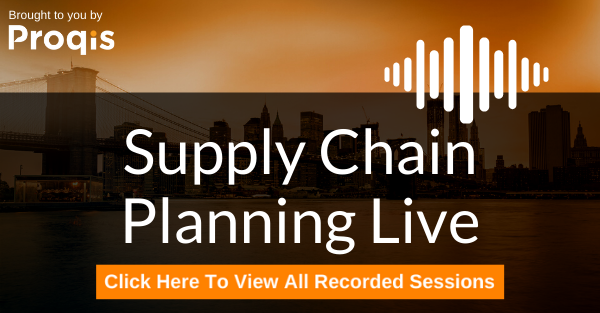 We all know that this diversity topic is important, or I wouldn't be here talking to you about it today, but when we ask that same set of senior leaders, are you actively working to address this?
We all know that this diversity topic is important, or I wouldn't be here talking to you about it today, but when we ask that same set of senior leaders, are you actively working to address this?
It was only half half of those pulled.
Then the managers, So, senior leaders.
doing it, doing some stuff, maybe they're sponsoring women are URLs, or maybe they're speaking.
I mean, they're usually doing something if you're at the senior leader, but managers first sign managers actively working to address at 13 and 19%.
Hey, it's important, we're kind of doing some stuff by the time it goes. The first line manager will know what to do.
You have managers on the plant floor, you have managers in all these different areas. Those are the people that are creating culture. Those are your cultural architects. Those are the people that at the ground level can change. Your assessment of metrics have impact across your whole organization.
So, if we could fix that, broken wrong, so the broken wrong when they look at it as a reference to the broken part of the chain. But it's the chain where women need to be at first line manager roles.
So we need to get women in first line management.
And we need to realize that people need clear paths of action.
So that's why I'm here today, because that's why I do the passion work. I do, 26% of computing jobs are held by women.
I think that even if supply chain is increasing, you know, we're all having some challenges with women in the workplace, as we discussed on the corporate side.
And the turnover rate, twice as high as women.
And what it comes down to is doing more than checking the box.
I see too often taken unconscious bias training. Oh, when we onboard, we tell people you have bias.
Be careful about it, just like a code. That's, I'm a nerd obviously, just, like when I do computer code, if you don't use it, you lose it, right?
If you take a set in time to do a training, are you really going to retain that?
So we have to do more everyone, and that is why you're here. So let's see what we can do.
And I want to remind you that remote jobs is no excuses.
In fact, now is the time to create that cultural architectural plan that includes everybody in your business.
Because, obviously, in the supply chain, you're going to have people in the manufacturing and plant floors that are attributed to your supply chain success.
But there's also got to be someone like me come into their basement.
You know, there's going to be people that need to work remotely.
We have a huge opportunity to, to have this be a solution for our world.
As we see people displaced from where they live, can we give them remote jobs and hope for their families in future?
So, when we're creating these, let's build diverse, remote cultures that are inclusive, because there's nothing more lonely than feeling like you're just sitting, staring at a zoom all day, right? You really need to build those teams. So, here's a four step success framework to do it. Let's do the work. I'm excited. I'm fired up. We got our fire theme here. Let's take a first step in the journey.
So, the first step is to take full responsibility.
Yep, accountability, responsibility. It's all you.
If you're on this call and listening to this message right now, this broadcast is on you to take responsibility for diversity.
I've heard that diversity is being asked to the dance.
Inclusion is being asked to dance when you get there.
And equity is dancing. Like no one is looking and just dancing. As you would, right, That's my Nicole extra for it.
So in order to create that, we own that, We need to be inviting people to the dance. We need to be dancing. And we need to be cherishing our differences.
Instead of like always, you know, trying to put the responsibility of diversity into other people, and feedback is a gift.
This is true in everything we do, but I remind you as the first step is taking responsibility and knowing that if you don't know what you're doing right or wrong, you'll never get better.
Why do we have coaches? Why do we have Olympic coaches? Why do we have sports coaches? Because, they're telling you, yes, you did that, right?
I loved the amount of people that were in this pool, this candidate, for this interview candidate pool, but you know what? Your panel of interviewing was all men.
So, next time, let's try to put a woman on the panel.
And always make sure the stress that you're putting on women are URLs in your organization, because I feel that all the time, when there's something that needs to be change, retention needs to be increased.
They call upon the women and men in the URL to ask us how we feel. We saw this as well, common in America, when we saw the social justice movement.
Because we had several organizations I was working with at the time, they wanted to take care of people in our society, so they would ask those that were African American, or black how they felt, and then it became a burden. So we really need to be careful, unburdening those in some of these positions.
And we need to take responsibility to own it as individuals, And ero is the way to do it. It's events plus response equals outcomes.
So, again, you have a job post.
How you respond to getting the candidates and ensuring that your HR partner, like knows you want diverse candidates for it, or maybe some organizations now, creating someone who's just out there to find the best and brightest women, and ..., and bring them into their organization by finding the best and brightest and matching them with jobs for the company.
All right, So events happen to us all day long, and these aren't just hiring events.
These are events of things that may go wrong in your meetings, things that we need to fix, Jokes that are inappropriate, statements that are made, like, things happen all the time. If we don't react with a state of urgency to get this back back on track, we're never going to get the outcomes that we want.
So all you can control is that reaction.
So I call upon you to really look as things happen to you. Can you have a better reaction so that we can start to feel this idea that we're all architecting an equal, amazing culture for everyone to be in?
All right. What's next? Set goals and take action. Right.
And what you'll notice is that this framework works for you as an individual, but I'm putting the lens of building diverse teams on it.
So I'm excited to share it with you because I think that if you did this in your life as well, and it would be beneficial, right. So setting goals and taking action.
No apply to strength and passion.
So what does that mean? Aligned to the strength and passion?
Well, you want to be able to make sure that you are coaching your people to align to where they're strong. I was just reading, I actually think and grow rich for women and they said that most women leave companies because they feel like they can't make an impact.
Or their strengths are not recognized.
Liz Wiseman wrote impact players.
She goes on to say that if you're not making an impact in your high performing person, that's when you get burnt out.
That was something that really clicks for me personally, being kind of that high overachiever and realizing that, sometimes, when I'm down, it might just be the impact that I'm about to make.
So, you need to set goals as a company, to understand, yes, your diversity metrics and goals, but what are your goals in your area of influence?
Because, like I said, all of you have this chance, OK, Nicolle, what are we supposed to do? Well, I don't know, what can you control with your role?
And write down at least one goal that you could take action on to try to make it a more diverse workplace, make things better.
And, of course, you have to visualize that environment. When we set goals, we write them down and share them.
We have to visualize what they are, you know? Like.
if you're thinking about a diverse team, like, I want to close my eyes and take myself to the plant for where I see someone with a different economic background or a different cultural experience, like coming to solve these problems together, Like, how can we fix this thing?
.png?width=742&name=Screenshot%20(4).png) Well, we need to do this, and we need, obviously, the people looking at the data and representing it in that way. So, if you visualize what you want, it's more likely to come true, visualizing a diverse set of people solving a problem, working around the table together.
Well, we need to do this, and we need, obviously, the people looking at the data and representing it in that way. So, if you visualize what you want, it's more likely to come true, visualizing a diverse set of people solving a problem, working around the table together.
Realizing that diversity is hard.
If I take for my girlfriends and we get the car, we're going to go out to eat, we can go to the sushi place that we go to all the time. And everyone will be happy.
For the same, we know, we're all white women, we hop in the car, and we go to dinner, Great.
If I had four people from my workplace, all different, you know, mix it in their three-d. diversity, not just your race and gender, two D, that's all that's, too. That's too superficial.
We have more diverse thought than that, everybody. We have three-d. diversity, and that's when it explodes difference in economic status, where if you've traveled the jobs that you've had, your life experience, we are more than just our gender or race. We are a beautiful stained glass of all of the things that make us three-d., three-d. diversity, diversity, and that's it's going to get us more of the results.
And lastly, find your group. Find your group of people and give back.
Again, Think and grow rich. The idea is that you can be prosperous, but you have to give back. And I think that that's why I'm here today, is to give back to you and hopefully giving you these three things, which we're about to start, as we work towards the end of the presentation here, so that you can understand how to apply these.
There's power and Community. There's things you can do.
You can create a personal Board of Directors.
This is a great bras practice, because these people can provide you that feedback on how you're doing against your goals of taking action towards diversity.
So take a screenshot of this, and know that this will work in many areas of your life.
Then, on the next side here, it's all about mindset, right? You can't do the same thing you've always been doing.
No results, I mean, with no change. That's insanity, right.
So we do need a new mindset in order to make this happen, so I want you to stop right now, This is your first action moment, and in this moment, I want you to take something very simple, a Mountain Normal hill.
The first, and this is really a weird one, right? I get it. You're like, what, Nicole?
I want you to assess how you handle things, because, for example, there was an all hands at my office.
In the all hands during the break, They were trying to make it fun.
And they had like, a quiz, right. And they were like, who do you think was the hottest in high school?
And this isn't all hands with thousands of people in Engineering, and they had five GEI listed engineering names.
I was thinking to myself, one, I'm not really thinking about how hot these guys are, Like, I'm here to do business. And to. That's really weird, like, my, I had a friend on it, I was like, how do you feel being on that list? And he was like, I want off that, Like, what was that?
So I provided the simple feedback.
when they said, what did you think about the meeting, I said, hey, maybe next time we pick a quiz, that's a little less about how we look or the hotness of people in high school. Like, can we could do better, right?
I'm a leader, I wanted to make change.
It resulted in me with a more of a meeting of why I didn't provide that feedback sooner, because what happened was, it took weeks for that feedback to get up to that leader.
I told them right away after the meeting, Hey, that was done. We shouldn't do that again. It was easy. It was a molehill done. Great, thank you, Nicole, We'll be better next time.
Someone could carry that message, it wasn't a big deal.
Something very simple, and that's why I love this example.
They made a mountain of it.
They called me on a fly with one of the highest up.
People put HR on the phone and chastised me for not providing the feedback in enough time.
I was crushed. I couldn't hold back my tears.
I didn't understand what was happening, they have HR on the call, it was just, it wasn't to investigate how to be better, it was to figure out how we can make this a bigger deal, and it's disturbing.
So, you need to ask yourself: what in your life?
Can we just make a molehill and move on. So what will happen is people will start to give feedback. That's what I just said, right? Oh, feedback.
And as we move into this equality conversation, people are gonna say, we need to do this better and do this better, consider what you make of it. And that's the mindset that I want you to really think about. Think about one situation where you can perhaps create a molehill instead of a mountain of problems.
And this goes as well when you're judging someone, right? So, too often, our bias comes out as someone's like a horrible person because you may have a bias. You may judge what they do.
Maybe they make a mistake. We all make mistakes, We're all imperfect. That's the problem. we're all and perfect.
So, if we choose to make mountains out of every imperfection, regardless of who we are, we're not cultural architects.
We're judgement.
We're judging.
We're criticizing. We're creating a hostile work environment, those aren't things. So, that's the first one on your list as we work through the rest.
Then we'll do a couple of checklists, and then we'll see what other items that you may have for me. So, here's some best practices, undertake 100% responsibility for being a diversity champion.
In your company. Understand, if there's an employee resource organization, often known as an arrow, and support those, understand who's involved in those.
No, I get it.
You can't you don't always change who you are, but you know what?
 I consider myself an ally for blacks, for example, so I'm, I'm a part of that arrow because I want to do my part, because I care. So. Just know that It's OK for you to support these things. Or understand. Maybe, I'll say to someone, hey, if you have an event that's going on for your cause, I would love to promote it. Right.
I consider myself an ally for blacks, for example, so I'm, I'm a part of that arrow because I want to do my part, because I care. So. Just know that It's OK for you to support these things. Or understand. Maybe, I'll say to someone, hey, if you have an event that's going on for your cause, I would love to promote it. Right.
Or congratulating those who are making a difference, who are leaning into these communities.
I've been involved in women arose for so long. And I think back, and there's been some leaders who've really allowed that and have raised it up. And there's been some that have just shut it down, so maybe we could support those people.
Consider attending diversity events if you don't know if you should attend, right? Because sometimes there's things that I host that are more of a sacred place for women to share.
Then just ask the organizer.
If you think it's cool, and you're not 100% sure, ask, ask, ask, ask.
You don't know, unless you ask them, They'll be clear. They'll say, Yeah, if you're an app, if you're an ally, please come, or they're going to say this session is really more dedicated to this group.
Look for you, local youth stem events. Why do I say that? It's professional events, It's anything, right.
Obviously, I'm leaning into stem because when you're out there representing yourself as an ally, as a diverse person for your, all, the beautiful things you do, someone in that audience is going to see you and realize they can do it. I can do it, too.
Encourage diverse hiring best practices. Like I said, not just the pool, being diverse, but the panel, and connect people to mentoring and sponsoring.
This is it. And then, obviously, the right mindset, right? See things with the diversity lens. How would this feel?
If I weren't Nicole, how would this feel? If I were so on?
And so, because, without that lens, like your rose colored glasses, it's like that. Protect. And, most of all, be an ally, represent others, because when you speak up as an ally, oftentimes, your voice carries further.
So, for example, if you have a meeting, a man, overtalk's a woman, that he just keeps talking over me or something like that, it's actually the other man in the room.
You can afterword say, Hey, Gary, like, you gotta give, you, really spoke over nicolle You should watch that, that can go a lot further than maybe me trying to approach Gary and say, Gary gotta lay off me, man. I was trying to make the point.
And you could also be a champion who says, Well, let's get back to Nicole's point earlier. I think that that's what you were saying.
Did you have something to add to that, right? So much power in that lens of being an ally.
This is your second one. This is your checklist. Take a screenshot, right? These are things that you can take action on right now.
No matter what you do, to be an architect, an architect has to have tools.
Ask your HR team, what's available.
Locate your website. Share it with other people on your team if you're a leader.
Search in your local community. Look for things like diversity inclusion.
Look for opportunities with supply chain.
Understand how to get involved in a non disruptive way. That's exactly what I just said. If you don't know, don't make that an excuse.
one thing I've learned from Jack Canfield, no blaming. No complaining no excuses.
Those get in the way of controlling and owning your reaction and taking accountability.
So, if you catch yourself making excuses and anything, but especially a diversity, don't do it.
Talk to your hiring manager and keep that I open, and how you can make a difference.
All right, the last section here, very quickly, is on leading remote teams, and then we'll close out.
So, obviously, some of you are going to be dealing with how to, how to lead remote teams. These are some of my best practices.
I realize it's hybrid, and it's going to be hybrid, because we're just going to have ongoing advantages of technology allowing us to bring more innovative tallaght together to create solutions.
When you're leading a remote team, make sure you're available.
Make meetings accessible to everyone.
Build the one-on-one connections and group connections so that people can start to feel like they are, they are one team.
Treat them like the local team, Trust them, provide feedback channels. Figure out how you can get that feedback to them in that safe way.
Feedback is very hard and challenging, because no one likes to hear what they didn't do wrong, But it's some of the most important things we can do to get them on track if they're working from home and need that focus, or need that invigoration into their work.
Set up clear communication channels, for example, I have a team space, it's divided like General Action Items, Events, watercooler.
That's where I go. When I have an action, I e-mail it to them and I put it in the action area, right? It's very clear, Just like learning, some people see it, here. It, do it.
Say it.
Like all the different ways of learning, you need to make sure that you're addressing the diverse learning capabilities that people have. Some people are visual, like, I can say this, and some people would get it, but some people need to look at it and say, OK. Establish a, you know, communication guidelines. Connect them to the goals of the company. That's very important.
If your company has this mission up here, and you're working down here, make them feel connected to that mission, make them feel like they're making an impact.
And most of all, Obviously, I love doing this. Have fun.
And here's our third and final point.
Some of my favorite remote team habits and hacks.
Obviously picking that clear communication channel, I struggle when there's slack and teams of text and e-mail and phone calls and zooms.
Literally, that's the list right now that I deal with.
So I have to be very clear as a leader, I am going to work on this. And that's where I talk about understanding their preferences, this is your third pitstop, this is the work that you need to do.
Are you having trouble with someone on your team, maybe that they just need to communicate.
You know, for me, I'm a busy woman, It helps me sometimes.
 And someone reminds me and says, Hey Nicolle, I've been looking for this, I just want to check on the status because things happen. Because because we're in e-mail voicemail text, teams Slack, you know, it's hard to stay on top of it. So, set some models and talk about it with your team, just like you would your learning style.
And someone reminds me and says, Hey Nicolle, I've been looking for this, I just want to check on the status because things happen. Because because we're in e-mail voicemail text, teams Slack, you know, it's hard to stay on top of it. So, set some models and talk about it with your team, just like you would your learning style.
Build your team using design thinking. Try an open office hours session where there's no agenda.
Rotate ownership, Do game, hours, give back, listen and talk less.
And then the last thing is just appreciation.
I plug into my computer here. So the last thing is making sure they feel appreciated.
I have done something where someone has an awesome day and I'll send them a piece of cheesecake via DoorDash from the Cheesecake Factory, right?
I recognize and make moments that matter with my people.
I not only appreciate their impact, but I appreciate their company loyalty if they have a record. If they have anniversary, their birthdays and major milestones in their life be sensitive. Now is the time an empathetic leader to come into play be more sensitive, that everyone's dealing with something, You never know what they're dealing with. So if you choose one thing, be kind.
We all know how far an attitude of gratitude is.
And that's all I have for you today. It was my pleasure, I hope you left with three things. If not more, that you can do to spark success with diverse teams together, and I'm available at texting success dot com. I'm standing up a monthly subscription club for women that want to stay in power, to take activation little by little, taking action each month.
And I am available for speaking, but my biggest passion is that you leave feeling like you are the powerful cultural architects.
So, get your blue pants out, make your adjustments, and let's set this thing on fire.
So, that's all I had today, Thank you so much for your time, and lastly, thank you for investing in yourself.
By sitting through this session, I believe that we can all create cultures that are exciting, that innovate, but it starts with you. So, congratulations on taking the first step in diversity by educating yourself. Thank you so much.
Nicole, thank you so much. What I want a wonderful presentation and coverage. I'm gonna ask you to stop sharing your presentation screen to the audience, so that I can come back in with my camera, and we are going to probe on some of these questions from our great audience here. And I encourage you guys to keep asking questions. I have another monitor here that I can track all of your questions, and I'll summarize and relay as many of them to Nicole as I can in the time that we have available. So, the first one comes from Karen ... and ... asking, what was the ultimate outcome of the mountain That grew out, of your feedback regarding the hottest guy, high school, how was it resolved, and what improved? So she's focused on something that you discussed. They're doing a presentation. Thank you. Karen. Wow. Thanks for caring, Karen, Karen.
So, you know, what happened. I think it was a really big learning moment.
I think that at we had the meeting, it was super awkward.
The HR person happened to be my friend. So we have my friend who's an HR. So I was able, and then the leader that she worked for me. So we're all on this call.
And what happened was, I talked to her and said, I don't really understand what that was. She didn't understand either.
And what turned out was, they found out that I didn't, that the feedback didn't trickle to him in time, and I think he learned a lesson.
I think he, I think, he ended up. We worked it out. I don't work at that company anymore. So that is one thing, But, we worked it out at a professional level.
But I think the biggest takeaway was what I shared today, Like, he made a mountain out of nothing.
So, there was no actions from HR against me at all. It was more a, oh, whoops, I probably shouldn't handle that that way, And that was the conversation that I had with that leader, after. He had gone through the process of processing. What had happened in that call.
So the power, though, is that because I spoke up, he now knows that if I would have remained silent, I wouldn't have given him the opportunity to learn and grow. By dealing with feedback around diversity. And that's what we need. We need leaders to be able to take it and handle it in a way that makes people feel comfortable and safe.
I hope that helps, but it ended up being good.
Everything's fine between me and that person, but it didn't make me think about things that I wouldn't do as a leader, for sure.
Very good, that's a great perspective.
I, next question comes from, it's kind of a two part question from no Santa Cruz no is asking, you know, there is how to avoid the old-school practice of leadership in the current days. And that's the and the what he means by that is that, you know, there's a very strong focus on hard skills. And the soft skills that matter maybe are a bit overlooked.
But but but really building on that, his follow up question is what do you see as the main roadblocks to have diverse environments today. Across industries, What? What continue to be? Some of the roadblocks.
OK, thank you for your question, no, I'll, let's break it up into two things.
I think we all know, the data shows that we're in a transition between the old school system and the new school system, right? The new school system is what we see happening today, with conversations around social justice inequality like we're having right now, we weren't having these conversations 10 years ago.
I started the first Women in Tech podcast in 20 15, and I was the first one to market. So that just goes to show you, like, wow, we have a lot of work to do.
So, as we move from old school to new school, what's happening is the leaders of the old school that might be carrying some of that legacy mentality are going to retire. And we need to backfill it with the next generation of people that understand that.
not only should diversity and inclusion and psychological safety be table stakes, but, they're going to be making that a reality, Because they're going to be growing into leadership.
So, I think it's recognizing that we have a problem, but we have an opportunity, and we have to get here with the people here, whoever is there, and we need them onboard. So some of the ways that we have, I've seen successful from companies is outcome paced hiring.
So looking at an outcome of how you would provide a, instead of always looking at how many certs you have, how many years experience, I downed outcomes.
We can take someone who trains 10 years for a marathon and then they run a marathon or someone could train really hard for a year and run a marathon.
So, I think we need to get out of this time continuum and get in to an outcome based mentality, and that's the leadership lens that I have on moving it.
Some of the roadblocks that are out there is the fact that we still have legacy relationships, There's something called the old Boys network, ..., I'm not talking about ..., but the old boys network is is a reference to a society where men help men and there's people that are left behind that don't look or are not there. So, I think we need to start thinking about sponsorship better. So, one of the roadblocks is, is that that's just the way it's always been done.
There's a job rack. Oh, I know a guy, my, my buddy, Bob, is awesome.
Then they bring Bob and Bob qualified, yes. So it accelerates the hiring process. That's something that I think is very important. Not just outcome based hiring, but looking at your hiring process and putting those things in play, and those are some of the roadblocks that I think that HR companies, for smaller organizations, they're trying to be everything to everyone, Like, your HR person is trying to do diversity, inclusion, they're trying to run this, are trying to do that. So I think if you can really come down to a focus of what you need to do, end to end, the roadblocks are going to be looking at it as a system.
The roadblocks are going to be not stepping back, looking at the full view of when someone starts, their entire career journey of how they progress through your company.
Opportunities that they're given: leadership trainings.
Things that are available on your website, Things that are available around diversity on your website, making sure those are valid things. And the roadblocks there would be moving from the old to the new together, and having it be in a positive way.
I think that the rise of the empathetic leader, whether it be women or men, is very powerful. There's a book called the Athena Doctrine and the FEMA doctrine took a set of words and said, here's powerful words of leaders. Let's see if these are feminine or masculine words.
So, you know, they would say, Loyal, Woman, Right. Like, more people, when they did a study of associations. So I think what we're seeing is a lot of those female qualities are rising and leadership.
So let's put women in there so that we can make it a better place, make more money, Doing so well said. Talk? That was a tough question, and I'm sure there's many more roadblocks. If you have one, share it in the chat or let us know, I mean, I'm just one person. There's a million things in this industry, there's so much more to add. So feel free to engage in and have this conversation with people on your team and in your community.
I'll ask a final question here. And this one is based on comment there that I've seen on the Chat, but also very personal for me. Because I'll share with you something, and then I'll ask a question.
And the sharing is that I have been privilege of working for a Fortune 100 organization where we were able to create a meritocracy of ideas.
We've clear execution mechanisms, accessible to all.
And we're able to transform an organization from a $2 billion organization to a $36 billion organization in eight years by doing that.
And as a result of doing that, and the key here is a meritocracy of ideas. If clear execution mechanisms, we have, on an annual basis, more than 2000 innovation projects, They're allowed across the organization for more than a billion dollars in additional earnings for the organization, which is incredible, award winning performance. But here's the catch.
This organization on the project innovation side of things has about 80% males and 20% females.
Um, however, more than 50% of all successful innovation projects were led by females.
Now, there has never been that process was never designed to support one gender over the other. It was just a meritocracy of ideas with clear execution mechanisms.
I'll say that.
It did emphasize collaborative leadership, as well as a component of it.
I'm curious, can you explain to me, how can that possibly happen, That, when you have 120, and now we have this lady is leading more than 50% of the innovations, without, I mean, there was not program design here to say, we're gonna want to get more women involved in this. There was never the idea, It was just the outcome. And I'm curious about your outside perspectives on that, what do you think could explain some of that performance that women actually at war?
More successful in the outcomes of innovation, in a system like that.
Because women are awesome, and they carry more weight. They, that's gotta be a good reason. I'm totally kidding. Yeah, first of all, congratulations. Not only did it sound like they had a vision around meritocracy, and I love that. That's why you saw me put design thinking. And some tools out there that can create a meritocracy of the foundations, which can lead to it.
Now, the execution is also interesting, because what you just read, it said, it took eight years to get there.
So I wonder if they got that result in eight years.
Imagine what would have happen if they would have gotten more female talent, how they could have accelerated it within that eight years, or how they can continue to seller to accelerate it more.
Like, if you know you're getting that in your people, then why not double down on getting more people? Because then you can make more money.
So I think the takeaway there, I mean, why it happened is because it's only one cog in the system. It's a system, right? So, meritocracy is one piece of it.
.png?width=742&name=Screenshot%20(4).png) Looking at that end to end journey of female talent in your organization is the next challenge. And that's the next, this is where we're at, right? Just like technology moves fast, this is where we're at right now. Being that cultural architect will, when we start acting at an individual level to truly carry these cultures that are marketed. Whether it's, you know, Epic culture or, you know, this culture, like, all these cultures that companies have, are only felt when people act on it. So I think, in this case, maybe there was a meritocracy of productivity towards your, your goal, your products, your sales.
Looking at that end to end journey of female talent in your organization is the next challenge. And that's the next, this is where we're at, right? Just like technology moves fast, this is where we're at right now. Being that cultural architect will, when we start acting at an individual level to truly carry these cultures that are marketed. Whether it's, you know, Epic culture or, you know, this culture, like, all these cultures that companies have, are only felt when people act on it. So I think, in this case, maybe there was a meritocracy of productivity towards your, your goal, your products, your sales.
But what is the culture? They're like, I don't know anything about their culture, other than they made a lot of money.
It's 8020 and 50%. Like, how does that, how do the women feel there?
If you know, you're the only woman in the room, and you're making the biggest impact. Are they getting promoted? Or, they get, you know, that's just some initial thoughts, I have. But, I think, it's, it's great. I love meritocracy.
I think that company can take to the next level, by adding some of these cultural things in place.
Create, I mean, why not? You get 50% return from the women there. Why would you not want to work with exactly, what I'm going to bring you in the future session? Just to discuss that one case And we're gonna go deep into it, but I'll give you a couple of hints.
one of them is that the systems that were designed by man's for decades, all of a sudden, there are being looked at from PMS and they're looking at from different perspectives And different perspectives, the essence of innovation. And, the not a different perspective because of their gender, because of their mindset, and the view of the problem was different, right? It's about, that's that three-d. diversity, Jose, that's the name for it, when you look at the studies, three-d. diversity, three-dimensional, diversity.
And now alone, when you go just beyond having like black or white or woman, or, man, and you go into like more than that, and you extend you get like more. When you do that diversity, like, you, said, the mindset, the diverse mindset, there's actually profitability to that. So, it's like, one thing, to have two D diversity? Like, if you have 50, 50 men, women, that's great. But, if they're the same, they're all from the same background. Safe city, you're gonna run into that same problem.
So, we need that.
You know, heterogeneous meritocracy space with a wrapper of culture. So, make sure those women feel supported, because their care, they are carrying a large amount of success for the organization, so are they being compensated.
If they're 50% of innovation, are we taking that profit? And we're saying, Hey, here's a profit sharing program. When you contribute to the innovation, they obviously got these numbers from somewhere, or we doling out more money to those women that are making more impact on the bottom line. So, anyway, yeah, I love that. Love, that is. That's the necessity. Nicole, listen, we're going to have to wrap up because of time, but I want to say something before we wrap up. Do me a favor. I do not have you my original post, when we had this conference, and the and the, it's, you're not an awesome addition to the conference.
So I'm going to ask you to go under my name on this post, and put a comment in there, because I want people to be able to be able to link with you directly on LinkedIn. So they'll see you there, and they can connect. Just say, hello, everybody. It was great to be with you here today.
And I'm going to ask our audience to go in there, connect with the goal. You know, Make a comment To heart. Terrific presentation, thank you so much again for sharing this, Wisdom, and vision with our global audience today.
Thank you so much together. We could do more. Thanks, Jose.
Thank you, ladies and gentlemen. That was Nicole Schaeffler sharing the power of Diversity and Inclusion, and the in building cultures for superior performance supply chain, but certainly beyond supply chains. We're going to be taken our final break of the day today.
And that we are going to come back with a wrap up session with Rosemary Coach, who is the Executive Director of Chairman of the Board for the Re-assuring Institute. And she is going to be talking to us via a video message with about the about the Re-assuring Institute and what's going on in the supply chain and re shoring around the world.
So I'll see you back at the top of the hour with, with the, with the video and the message from Rosemary Coats. Thank you.














































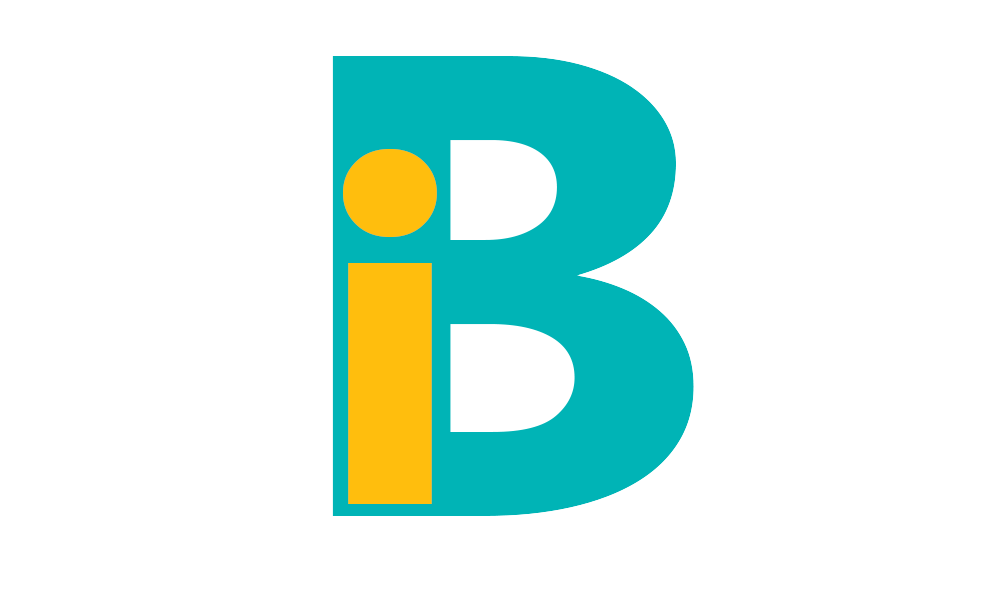
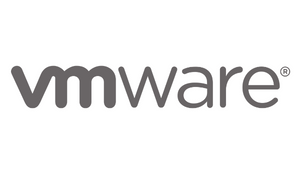




.png?width=742&name=Screenshot%20(4).png)

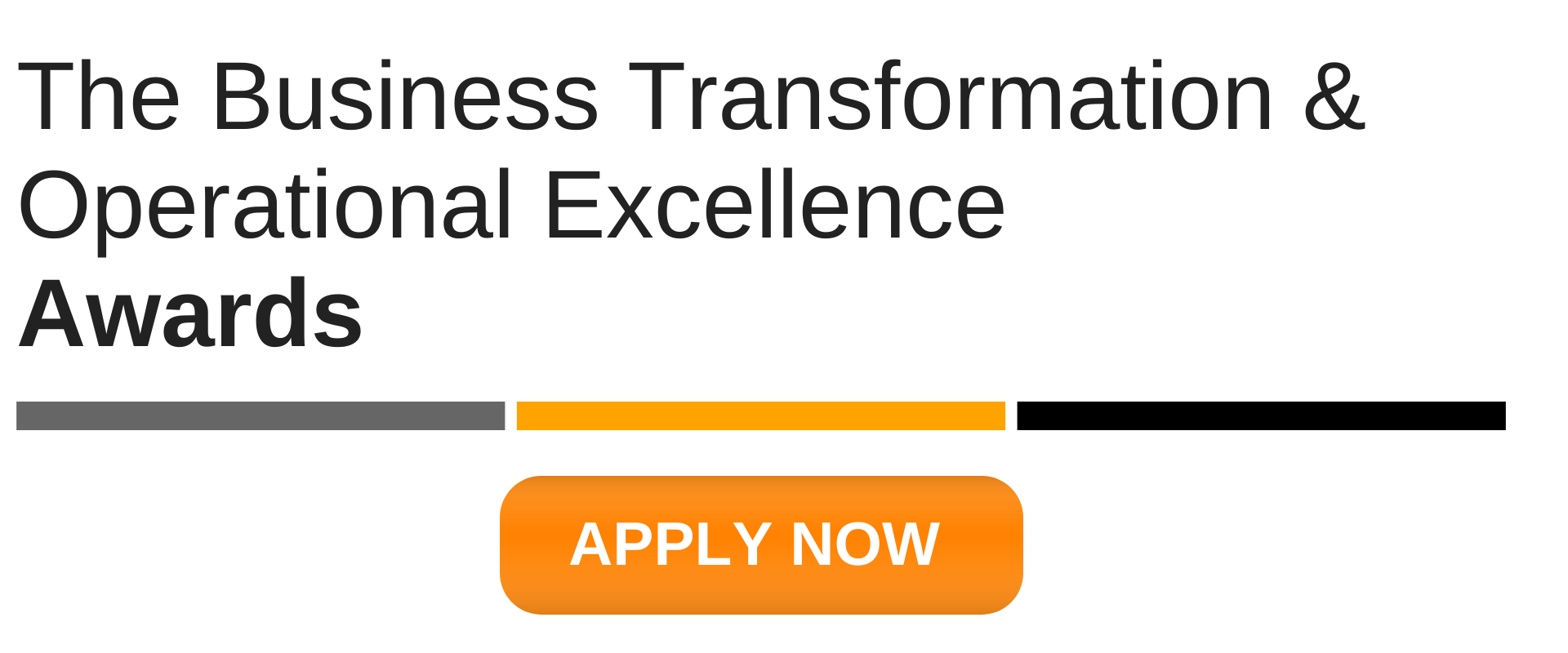

-2.png)
-2.png)
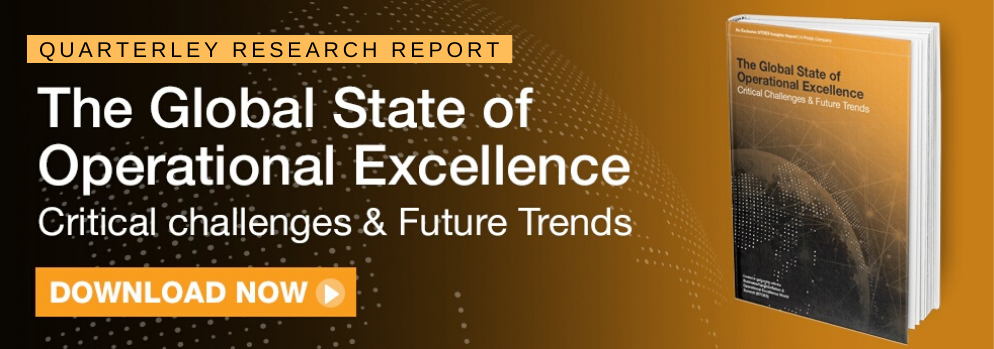

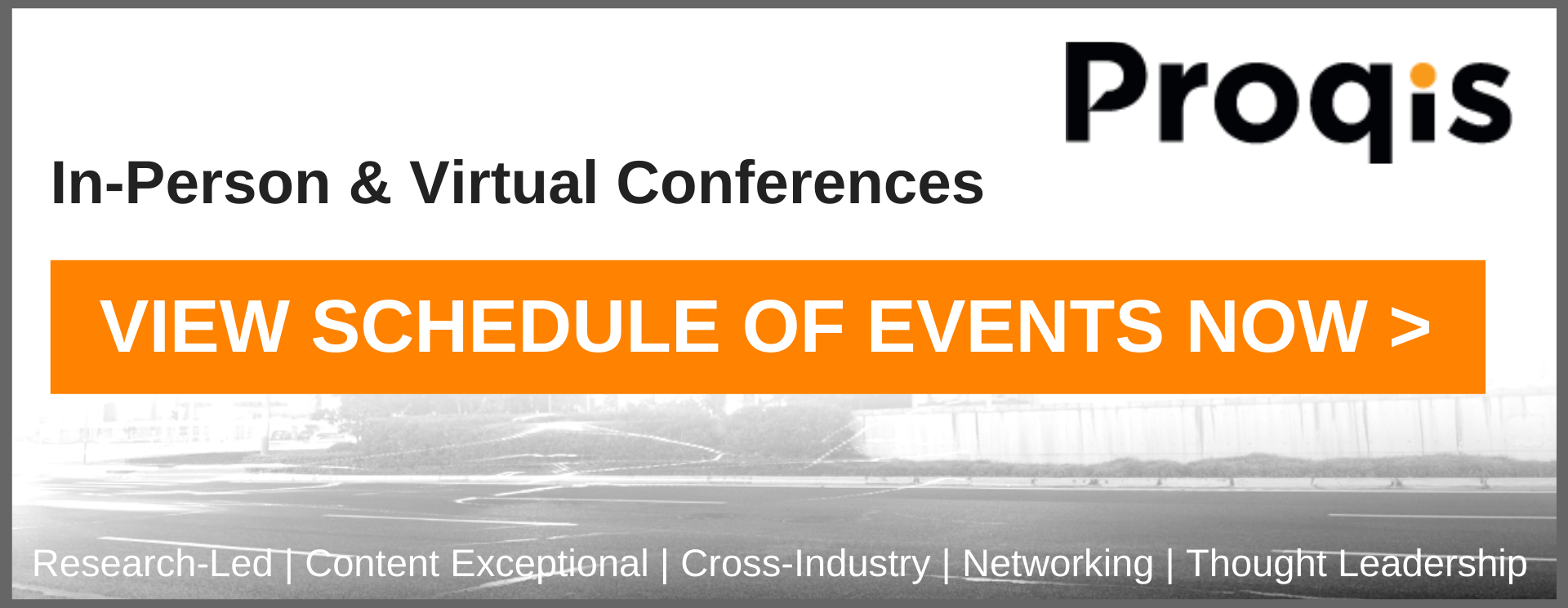


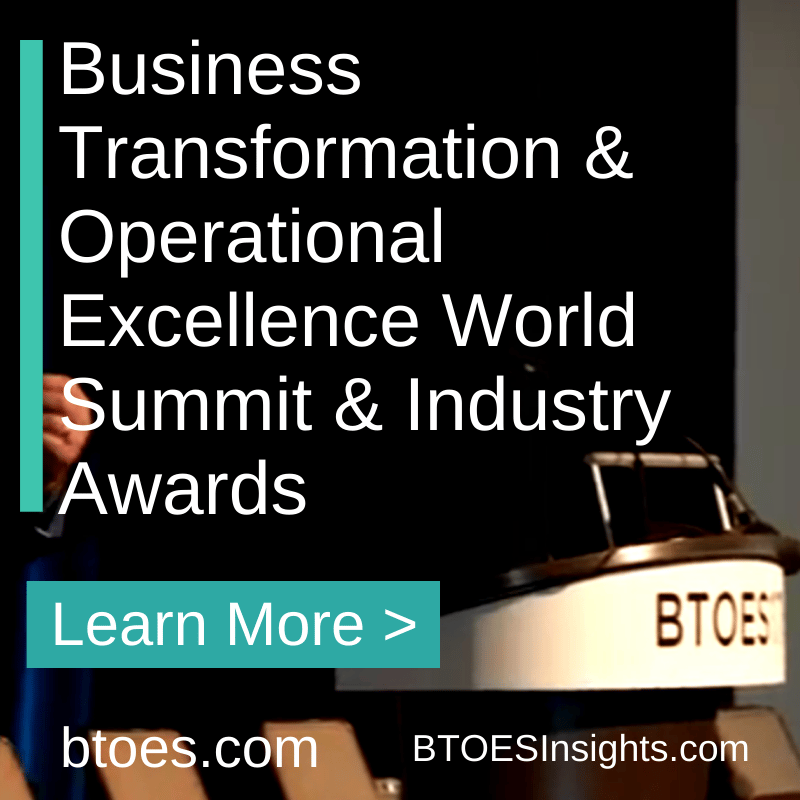
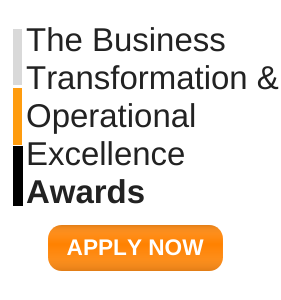

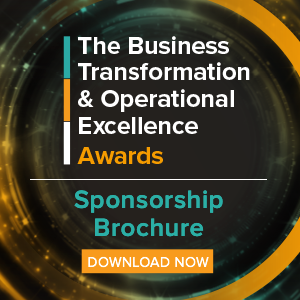
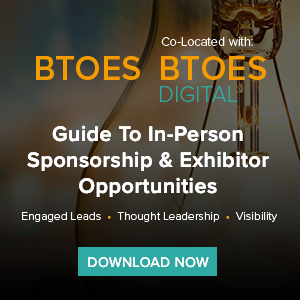

.png)

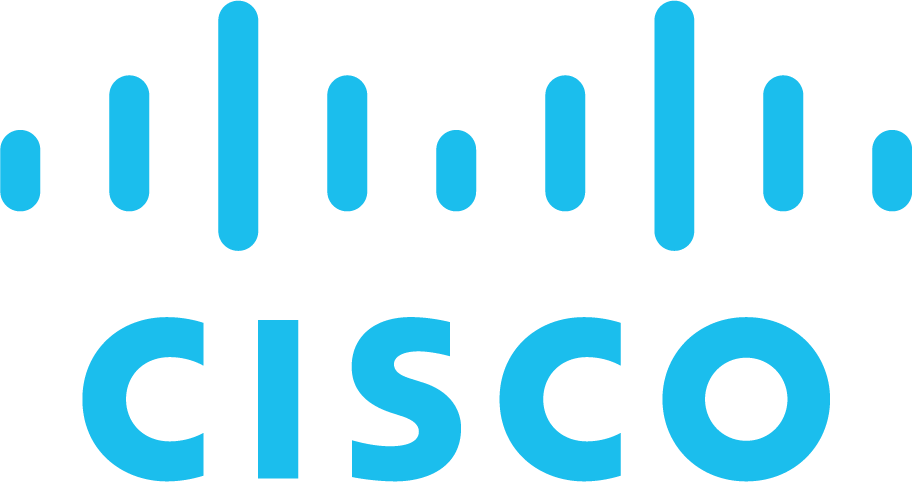
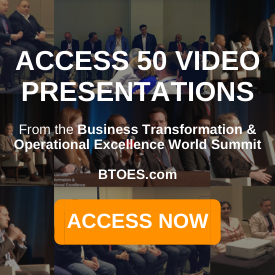
.png)
